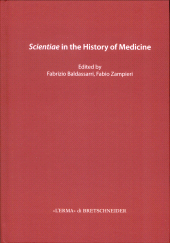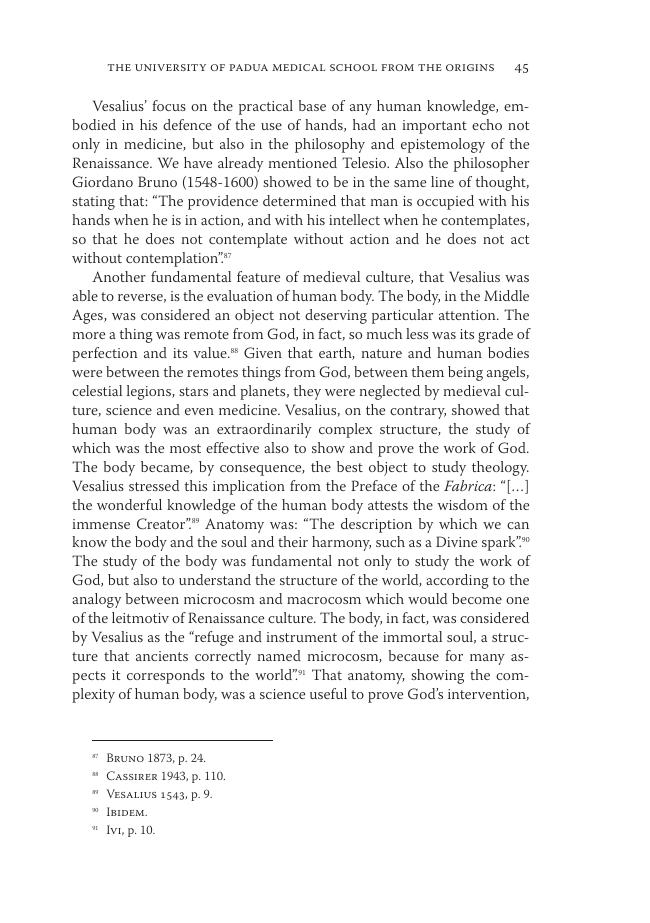The University of Padua Medical School from the origins to the Early Modern Time : a historical overview
P. 23-67
Presentation the Medical School of Padua from its beginnings, especially shaping the interconnections and contexts that grounded the medical revolution of the sixteenth and seventeenth centuries. Particular attention is devoted to highly-significant moments in the story of Padua, namely Vesalius and Harvey. Yet, in this chapter, I put such moments in their context, revealing how much the medical revolutions developed out of an interconnection of studies. First, we have decided to delineate some of the crucial cultural characteristics of Padua. We believe, for instance, that the pre-humanistic movement which born already in the 13th century might be fundamental for understanding the following development of the University. Then, we have focused our attention on two of the most famous figures of the Padua medical school, namely Andreas Vesalius and Hieronymus Fabricius ab Acquapendente.
About Vesalius, we have tried to highlight his humanistic culture, perfectly in line with Padua environment, and his revolution based on a new conception of anatomy as the queen of natural sciences. About Fabricius, we have highlighted his new philosophical approach in anatomical studies, based on the study of Aristotle, as well as his new use of anatomical illustrations, giving also a brief description of how his achievements were fundamental for William Harevey's discovery of blood circulation. With that latter discovery, we might support that ancient science definitively declined, opening the way to modern medicine based on the anatomo-physiology of man for understanding and curing human disease. [Publisher's text]
-
Chapters from the same volume (available individually)



